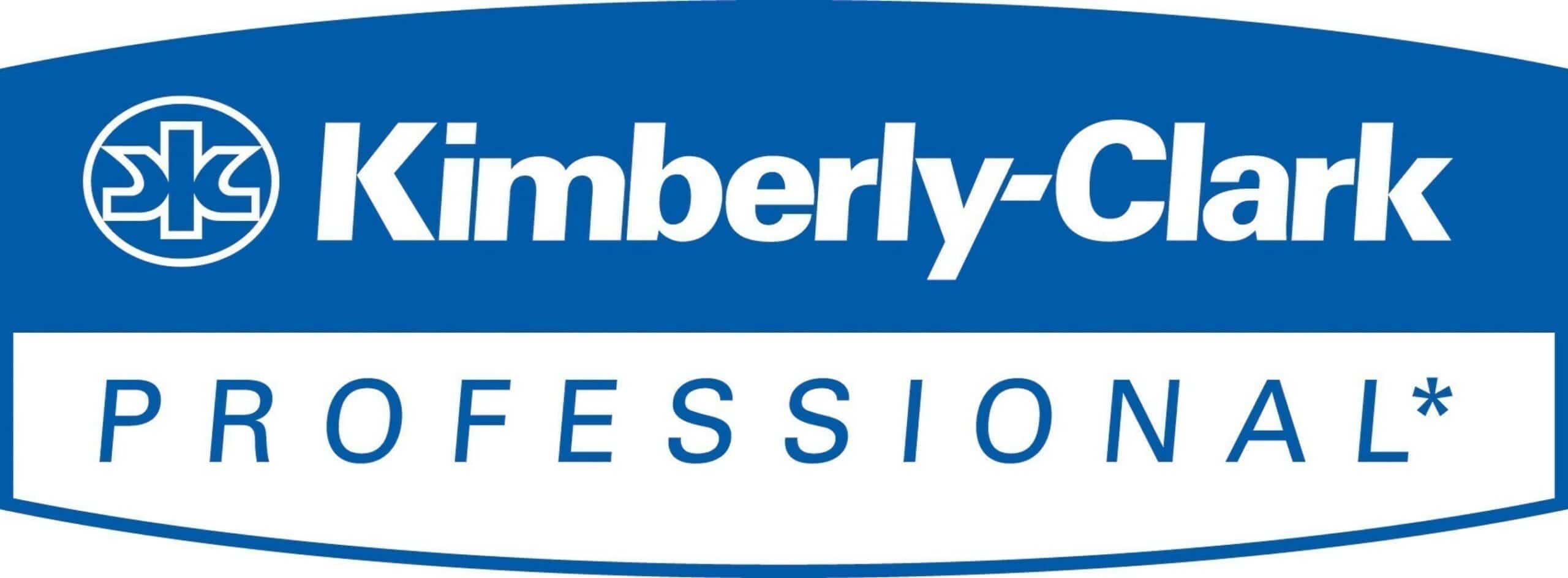Using a mixing cup for automotive paint is a common practice in the automotive industry to ensure accurate measurements and proper mixing of paint components.
Here’s a step-by-step guide on how to use a mixing cup for automotive paint:
- Gather the necessary materials: You’ll need a mixing cup designed for automotive paint, the paint components (base coat, clear coat, reducer, etc.), stirring sticks, and a measuring device (such as a paint scale or measuring cups).
- Prepare the mixing cup: Start by ensuring that the mixing cup is clean and free from any contaminants or residue from previous paint mixing. Use a lint-free cloth or paper towel to wipe the cup clean.
- Determine the paint ratio: Check the technical data sheet or instructions provided by the paint manufacturer to determine the correct mixing ratios for the specific paint you’re using. The ratio is typically specified as a combination of parts or percentages (e.g., 4:1 or 20% reducer).
- Measure the components: Using the measuring device, carefully measure the required amounts of each paint component based on the specified ratio. It’s crucial to be precise in your measurements to achieve the desired paint consistency and performance.
- Pour the components into the mixing cup: Start by pouring the base coat or main color component into the cup. Then, add the other components according to the specified ratio. Pour slowly to minimize the risk of spills or splashing.
- Mix the paint: Use a clean stirring stick or paint paddle to thoroughly mix the components in the cup. Stir in a circular motion, ensuring that all the components are well blended. Pay attention to any settling at the bottom of the cup and make sure it’s fully mixed.
- Let the paint sit (if required): Some paint formulations may require a certain induction or settling time to achieve optimal results. Refer to the manufacturer’s instructions for any specific waiting periods before using the paint.
- Transfer the paint: Once the paint is thoroughly mixed, transfer it to a spray gun or container suitable for your intended application. Use a funnel or filter to strain the paint and remove any impurities or clumps that might have formed during the mixing process.
Remember, the specific steps may vary depending on the paint brand, type, and application requirements. Always consult the paint manufacturer’s instructions and guidelines for the most accurate and reliable information regarding the use of their products.


















